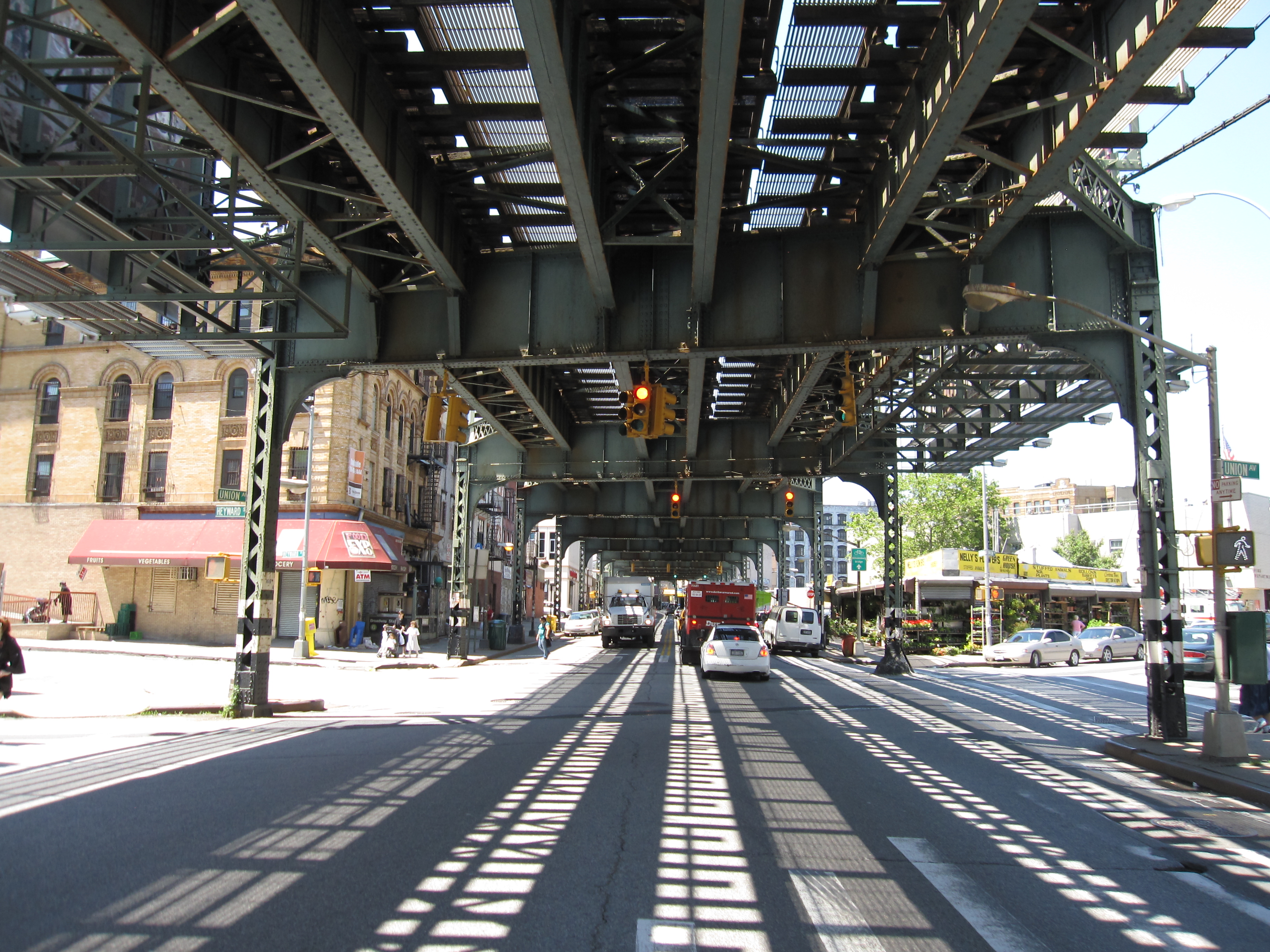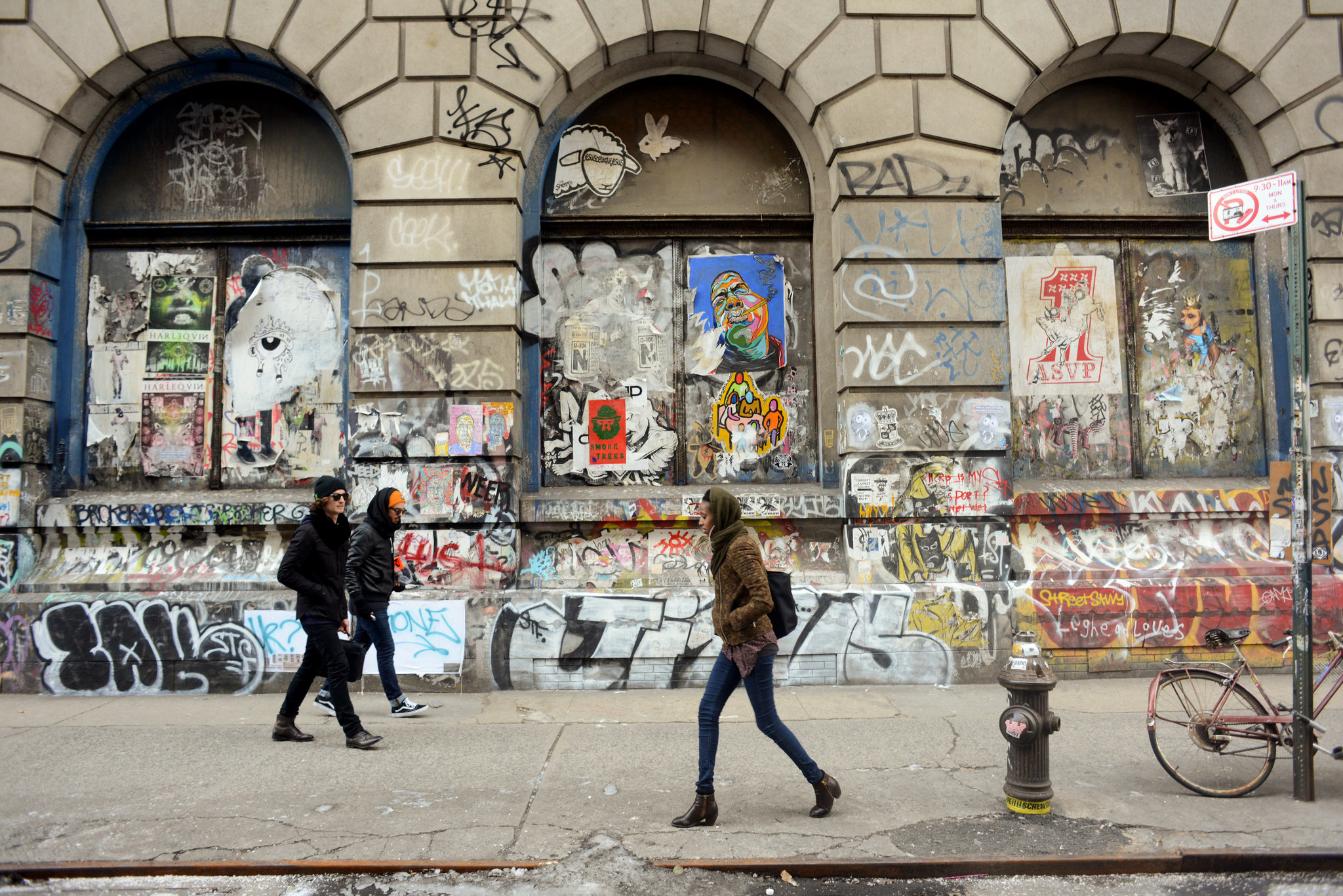by: Sonya James
Will Brooklyn crack under the weight of gentrification? | SmartPlanet
“You can walk down a street in Brooklyn – a street you’ve walked down a hundred times before – and find yourself lost.
You thought you knew where you were and yet, suddenly, you’re not so sure.
Gentrification can happen that fast. Well, not quite that fast, but you get my point.
“For much of the past century, Brooklyn was the Rodney Dangerfield of boroughs, known for its blue-collar style, for its funny accent and, of course, for getting no respect,” writes Joseph Berger of The New York Times. “Then came the brownstone homesteaders and the bohemian pioneers.”
The flourishing cafes, food coops, and bars scattered across certain neighborhoods in the borough are welcome additions to many. For others, they are a stark reminder of the lack of support for struggling communities.
 The poorer neighborhoods were devastated by the collapse of the economy and have not meaningfully recovered, said Assemblyman Hakeem S. Jeffries, who won the Democratic primary for a Congressional seat that serves Fort Greene, Prospect Heights, Brownsville, and East New York.
The poorer neighborhoods were devastated by the collapse of the economy and have not meaningfully recovered, said Assemblyman Hakeem S. Jeffries, who won the Democratic primary for a Congressional seat that serves Fort Greene, Prospect Heights, Brownsville, and East New York.
“The sidewalk cafes are great,” he said, “but we need a blueprint for employment and housing opportunities that are desperately needed in parts of Brownsville and East New York. We should continue to promote Brooklyn as a trendy destination but cannot forget the bread-and-butter economic issues that many distressed Brooklynites continue to deal with each day.”
In the gentrified Park Slope and Carroll Gardens neighborhoods, the proportion of households earning over $100,000 rose to 43 percent in 2010 from 28 percent in 1990.
That is an alarming contrast to Brownsville and Ocean Hill, where those earning under $25,000 rose to 46 percent from 43 percent. What was the rise in households earning over $100,000? Nine percent, according to a study of household income by Susan Weber-Stoger, a Queens College sociology research associate.
In Williamsburg, one of the most iconic cases of swift gentrification, the proportion of residents holding graduate degrees quadrupled to 12 percent. East New York and Starrett City flatlined at 4 percent.
It is essential for city officials to upkeep municipal services in all Brooklyn neighborhoods equally. Sadly, many residents feel left in the lurch.
“What happens when you’re not in the paper a lot and on TV, you’re kind of forgotten,” he said, “so when we ask for something we don’t always get the same response,” said Greg Borruso, president of the Marine Park Civic Association.
Theresa Scavo, chairwoman of Community Board 15, which includes Homecrest, Sheepshead Bay, Manhattan Beach and Gerritsen Beach, says most residents pay no heed to the “new Brooklyn”.
“Here, everything remains the same,” Ms. Scavo said. “When people hear about the new Brooklyn, they say let them have it.”
But is the “us vs. them” mentality exasperating feelings of resentment – and more importantly, a discussion of healthy community integration in Brooklyn?
New social networks like Neighborland promote discussions across neighborhood lines. In a place like Brooklyn, that could be the most important asset the network offers.
Celebrating a diverse Brooklyn means focusing our attention far beyond the new cafes and organic markets.”


